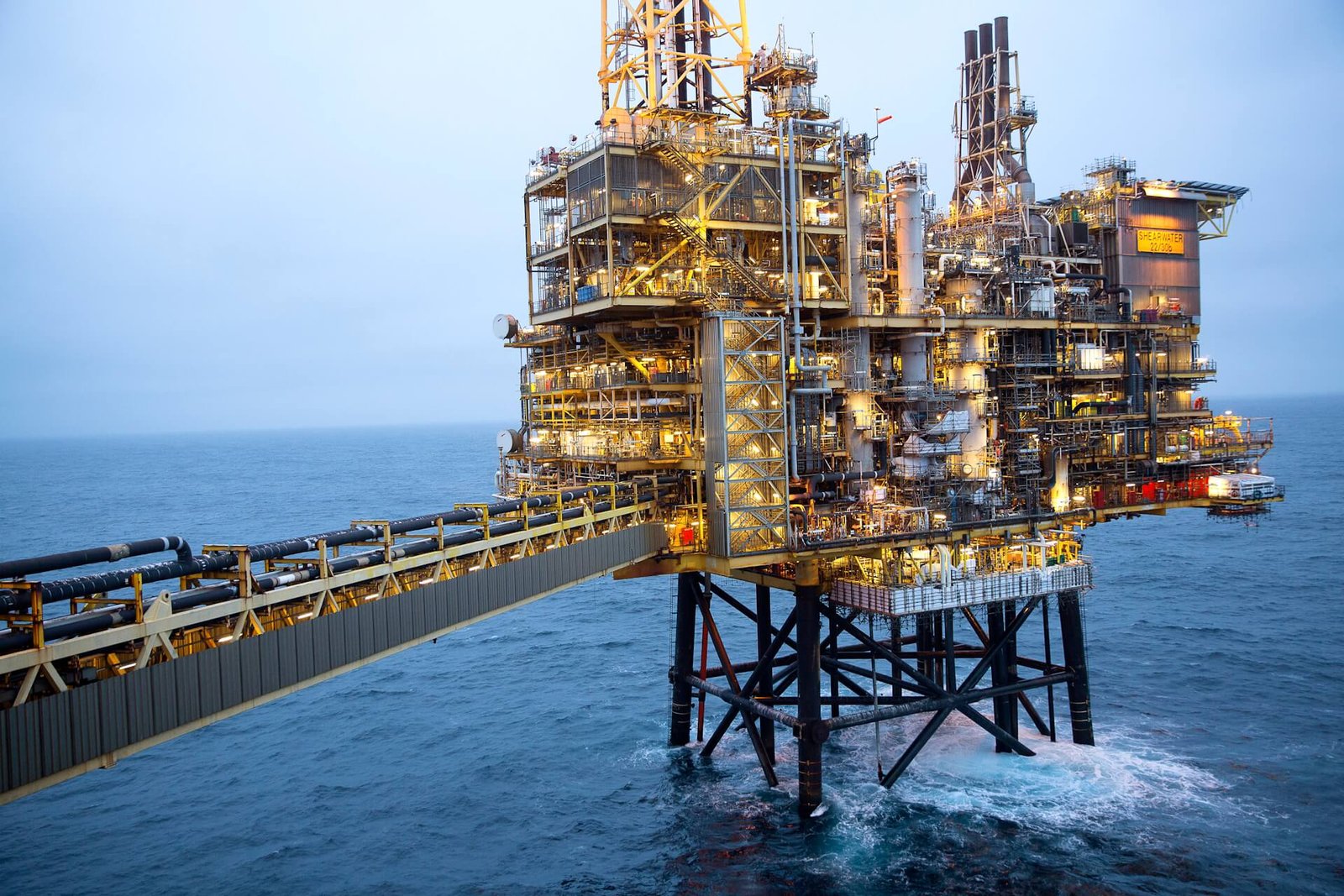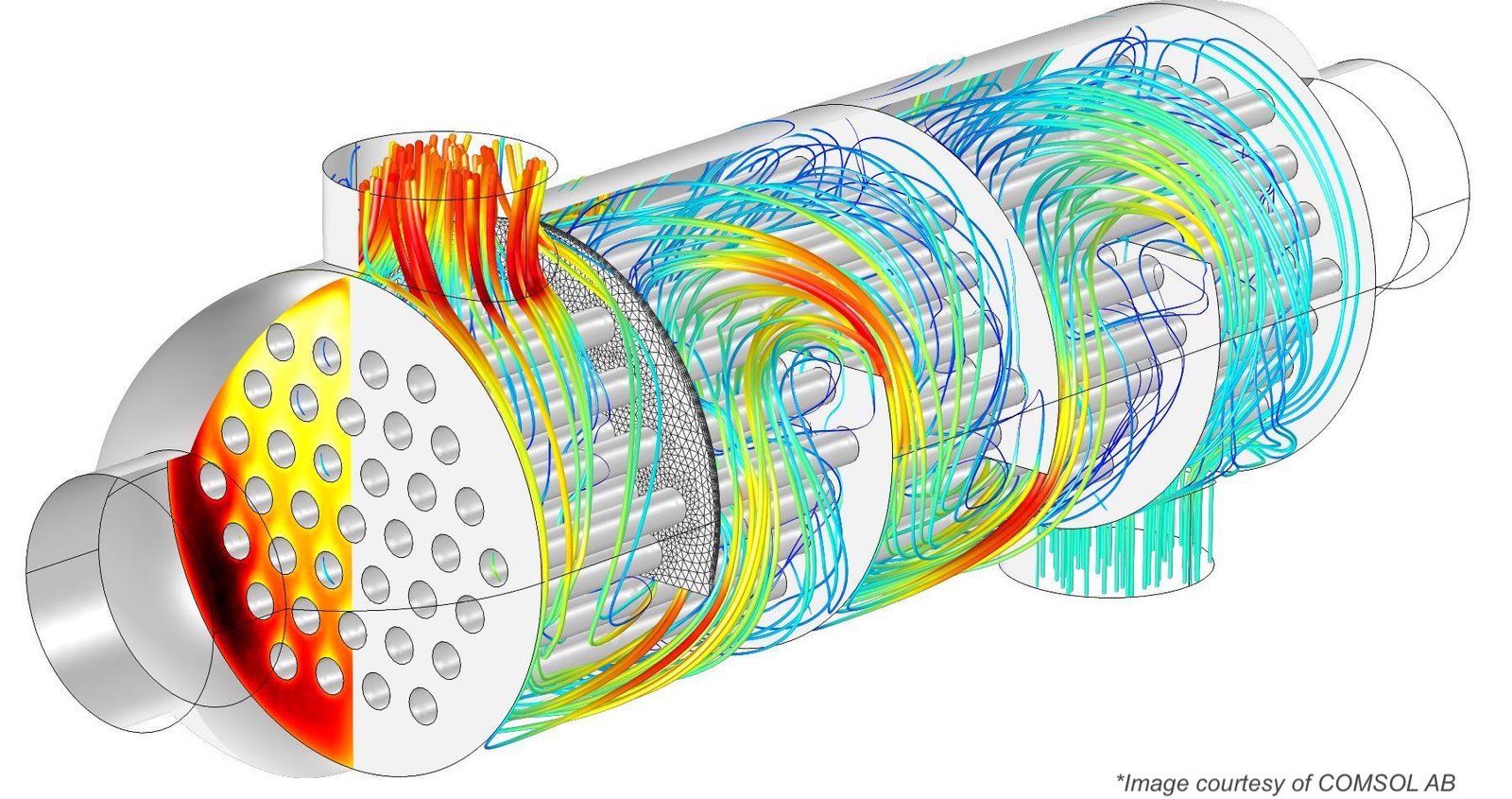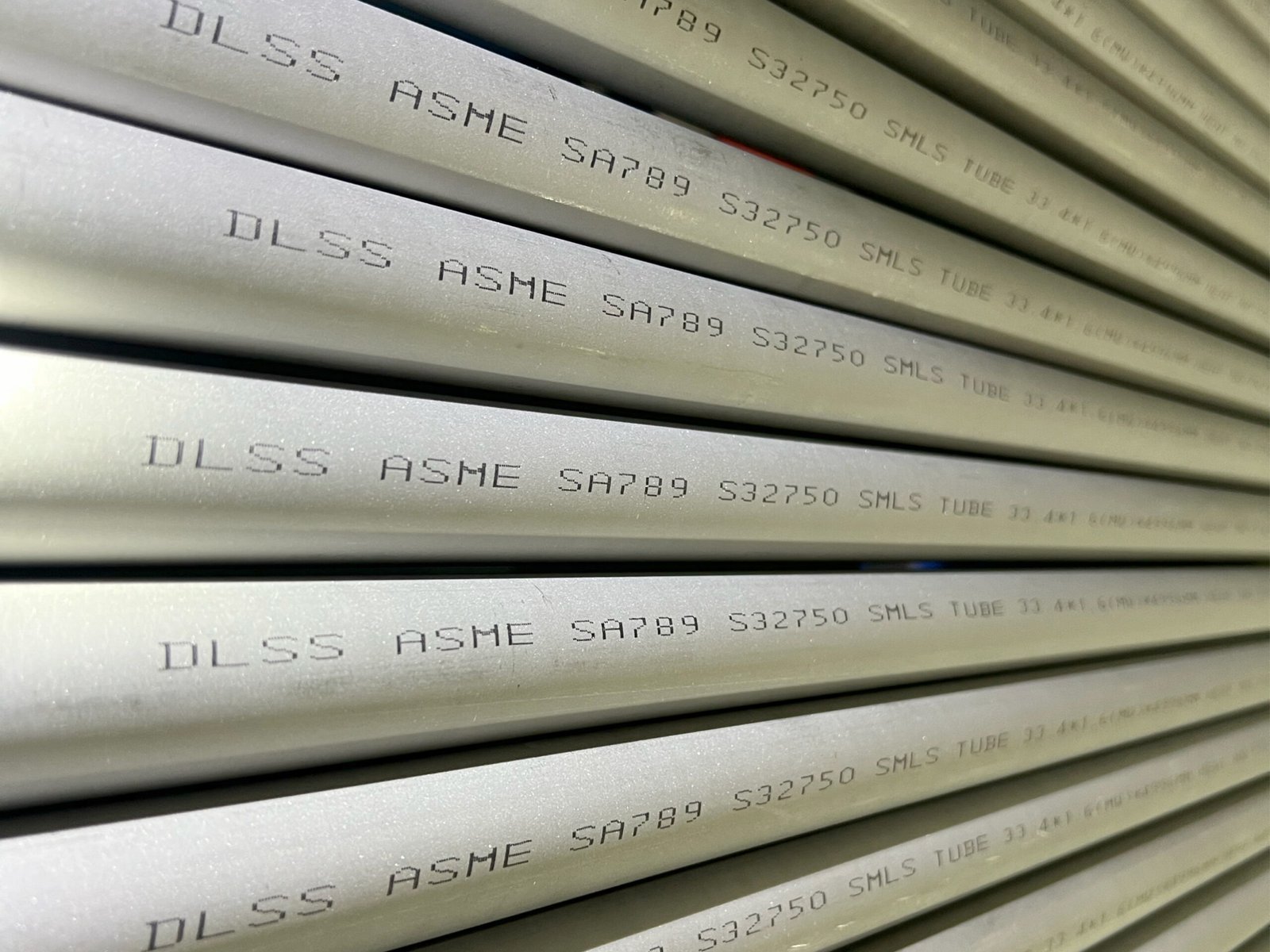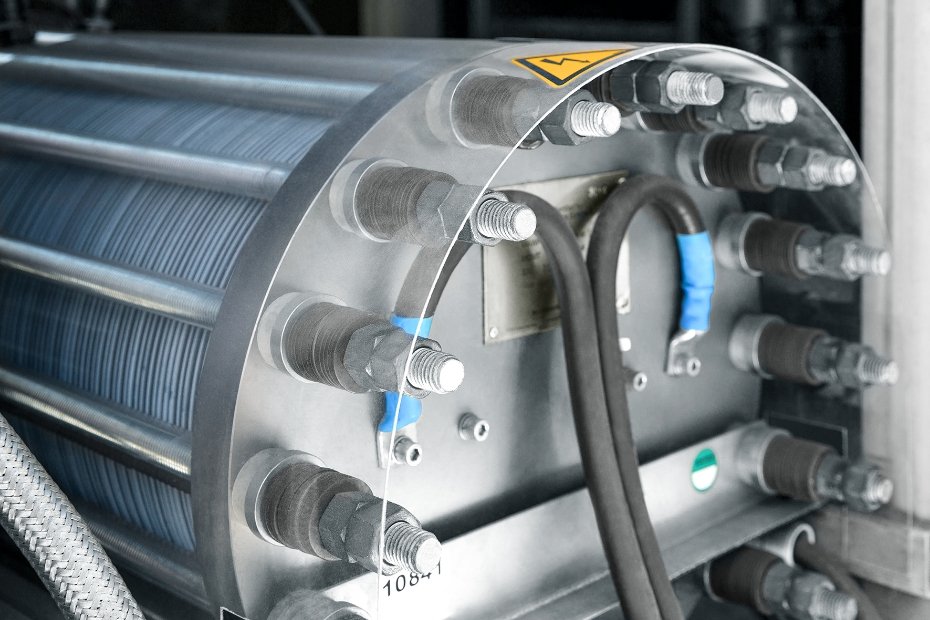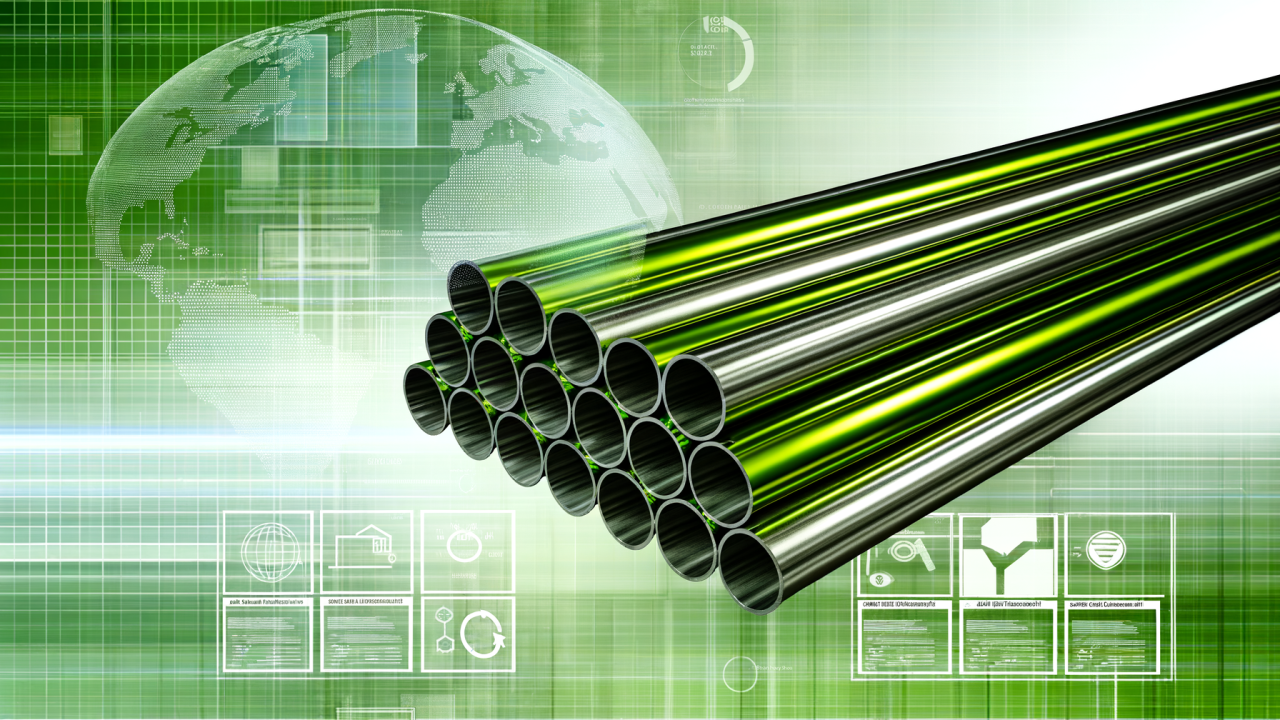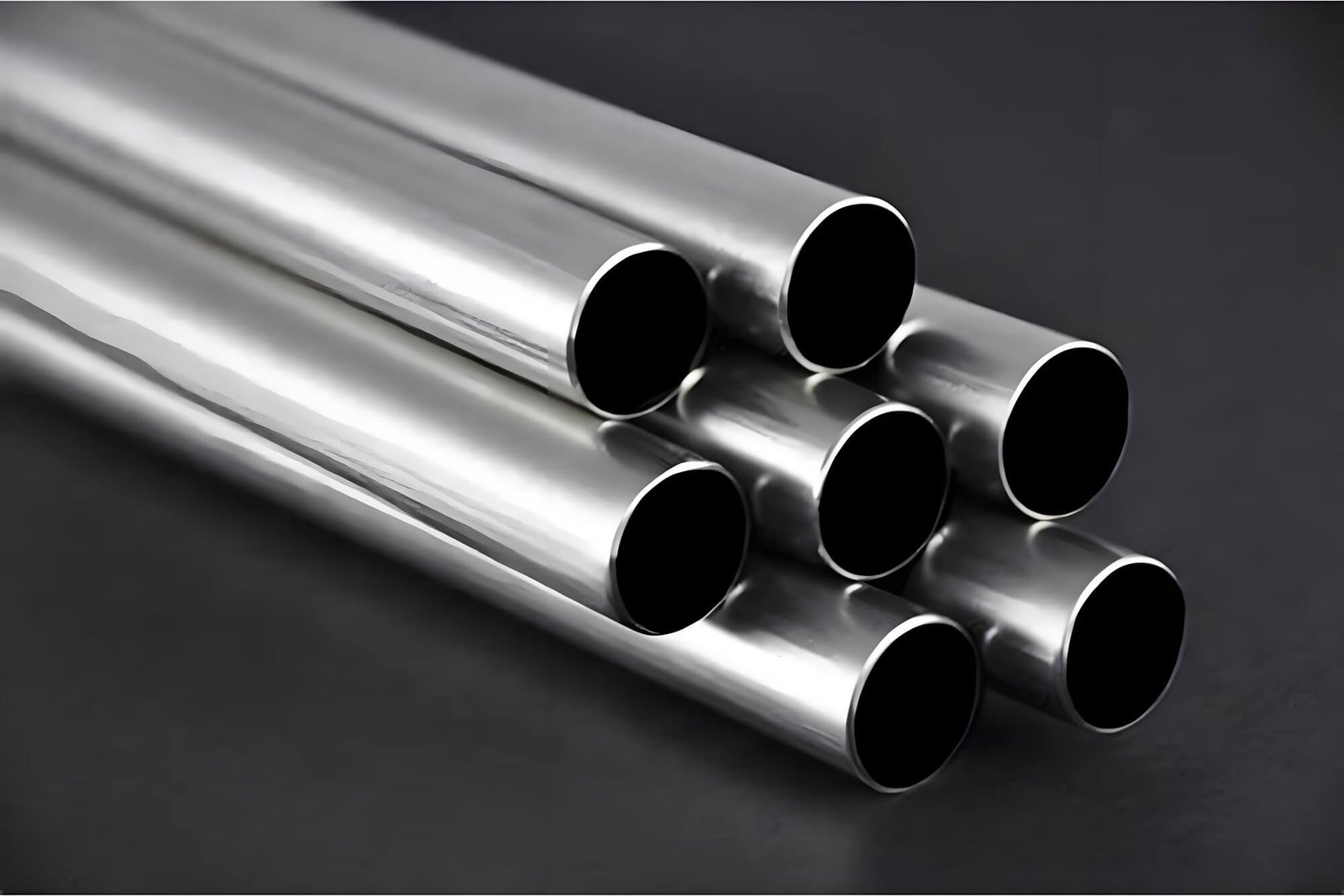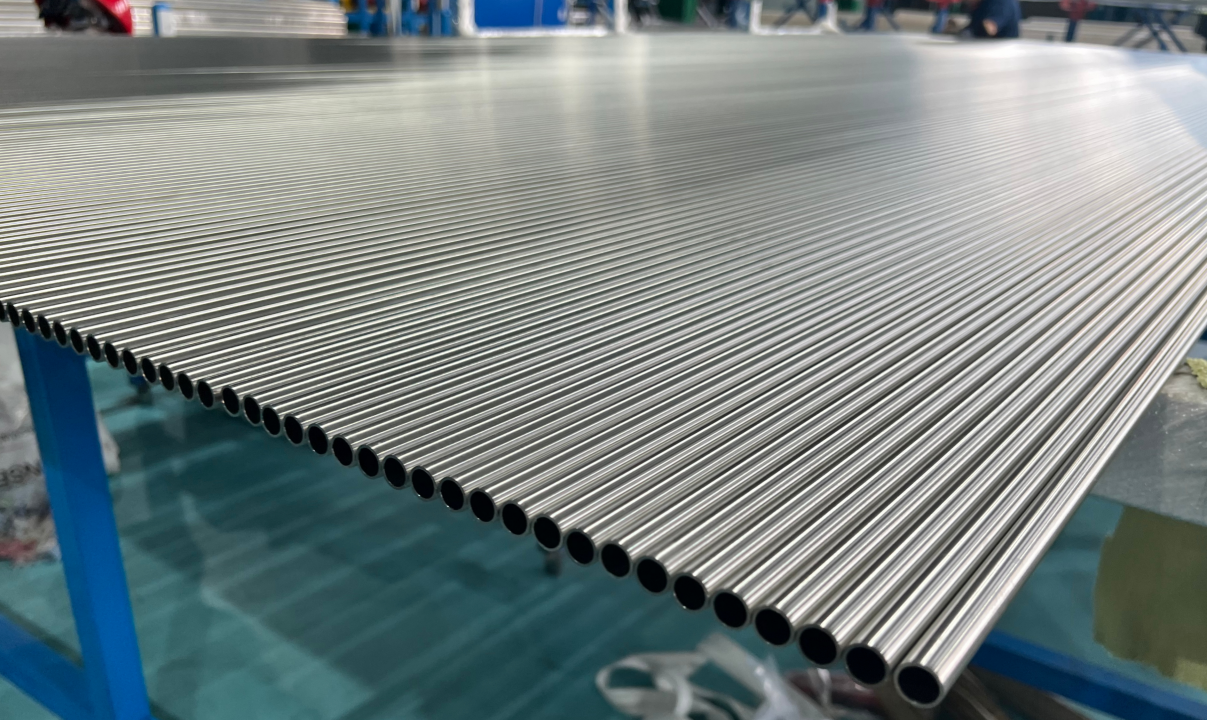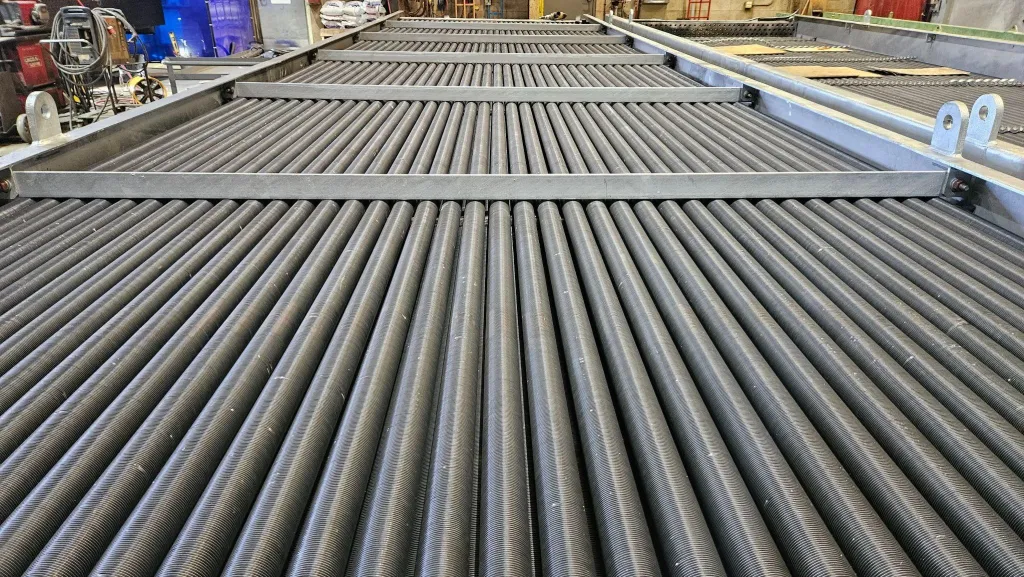Meta Description:
Compare low-fin and corrugated stainless steel tubes for heat exchanger applications. Understand the advantages, design differences, and how to choose the most efficient option for your thermal system.
Introduction
When optimizing a heat exchanger’s performance, selecting the right tube geometry can dramatically impact thermal transfer efficiency, pressure drop, and equipment footprint. Among the most popular enhancement options are low-fin tubes and corrugated tubes.
In this article, DLSS compares these two tube types in terms of design, function, application, and cost-effectiveness—helping you choose the ideal solution for your thermal systems.
1. What Are Low-Fin Tubes?
Low-fin tubes are plain tubes with external, helical fins machined into the outer surface. These fins increase surface area, enhancing heat transfer without significantly increasing tube diameter.
Characteristics:
- Fins are integral (machined from the tube wall)
- Typical fin height: 0.3–1.0 mm
- Fin density: 19–26 fins per inch
- Available in copper, CuNi, stainless steel, brass, etc.
Common Standards:
- ASTM B359 (Low-finned non-ferrous tubes)
- Custom per client drawing for stainless applications
2. What Are Corrugated Tubes?
Corrugated tubes have a wave-like surface pattern along the full tube length. The internal or external corrugation induces turbulence, disrupting laminar flow and increasing heat transfer rates.
Characteristics:
- Full-length external or internal corrugations
- Spiral, helical, or transverse patterns
- Available in seamless stainless steel and copper alloys
Advantages:
- Enhanced turbulence improves heat transfer coefficients
- More compact exchanger size for same duty
- Better antifouling properties due to self-cleaning effect
3. Side-by-Side Comparison
| Feature | Low-Fin Tubes | Corrugated Tubes |
|---|---|---|
| Surface Area Increase | Moderate (~2×) | Moderate to high (~2.5–3×) |
| Flow Disruption | Mainly outside tube | Both inside and outside |
| Pressure Drop | Lower | Higher (due to turbulence) |
| Fouling Resistance | Good | Very Good |
| Applications | Air-cooled condensers, fuel coolers | Heat exchangers in HVAC, chemicals |
| Cleanability | Good (can use brushes) | Moderate (depends on corrugation) |
| Manufacturing Complexity | Medium (requires finning machines) | Higher (requires forming dies) |
| Typical Use Material | CuNi, SS, Brass | Stainless steel, CuNi, AlBr |
4. Which One to Choose?
Choose Low-Fin Tubes if:
- You need a compact air-side heat exchanger
- Operating fluid is a gas or vapor, and pressure drop must be minimal
- You require good cleanability and easy replacement
Choose Corrugated Tubes if:
- You need to maximize internal turbulence for high heat transfer
- Working with viscous or fouling fluids
- Space is constrained, and performance per unit length is critical
For thermal calculations and fin design support, consult Heat Transfer Research, Inc.
5. DLSS Low-Fin and Corrugated Tube Capabilities
| Tube Type | Materials | Size Range (OD × WT) | Fin/Corrugation Options |
|---|---|---|---|
| Low-Fin | CuNi C70600/C71500, TP304/316 | 12–25.4 mm OD, 0.8–1.5 mm WT | 19–26 FPI, custom pitch/height |
| Corrugated | TP304/316L, C68700, TP321 | 9.52–25.4 mm OD | Spiral, helical, or ring-type |
Custom U-bends and bundle fabrication available for both types.
FAQs
Q1: Are low-fin tubes suitable for corrosive media?
Yes, when made of CuNi, titanium, or stainless steel. The tube base material determines corrosion resistance, not the finning alone.
Q2: Can corrugated tubes be used in food-grade systems?
Yes, with proper polishing and surface testing. DLSS offers BA or EP corrugated stainless tubes for hygienic service.
Q3: Do corrugated tubes require more pump energy?
Yes, due to induced turbulence. However, they offer better heat transfer per unit length, reducing overall tube count.
Q4: What’s the MOQ for custom-fin tubes at DLSS?
Generally 500 meters per size and material. DLSS supports prototyping with flexible MOQ for OEM clients.
Conclusion
Whether you need the structured performance of low-fin tubes or the intensified thermal transfer of corrugated designs, DLSS delivers engineered tubing tailored to your application—with precision, consistency, and global support.
Contact DLSS
Email: info@dlsspipe.com
Website: www.dlsspipeline.com
Looking to enhance heat exchanger efficiency with custom finned or corrugated tubes? DLSS can assist with design selection, prototyping, and manufacturing to your exact needs.


